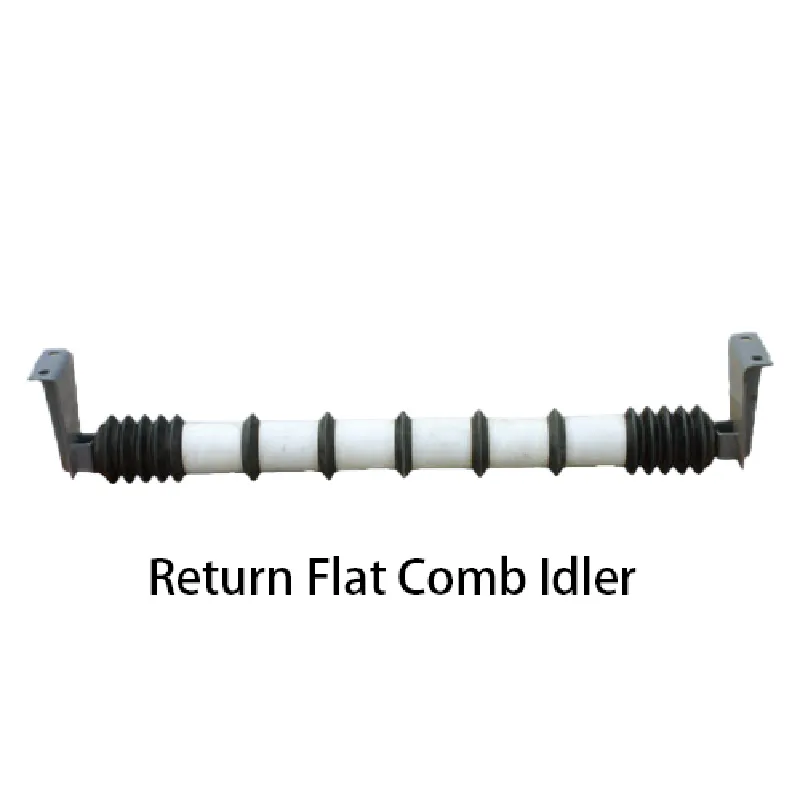 Afrikaans
Afrikaans  Albanian
Albanian  Amharic
Amharic  Arabic
Arabic  Armenian
Armenian  Azerbaijani
Azerbaijani  Basque
Basque  Belarusian
Belarusian  Bengali
Bengali  Bosnian
Bosnian  Bulgarian
Bulgarian  Catalan
Catalan  Cebuano
Cebuano  Corsican
Corsican  Croatian
Croatian  Czech
Czech  Danish
Danish  Dutch
Dutch  English
English  Esperanto
Esperanto  Estonian
Estonian  Finnish
Finnish  French
French  Frisian
Frisian  Galician
Galician  Georgian
Georgian  German
German  Greek
Greek  Gujarati
Gujarati  Haitian Creole
Haitian Creole  hausa
hausa  hawaiian
hawaiian  Hebrew
Hebrew  Hindi
Hindi  Miao
Miao  Hungarian
Hungarian  Icelandic
Icelandic  igbo
igbo  Indonesian
Indonesian  irish
irish  Italian
Italian  Japanese
Japanese  Javanese
Javanese  Kannada
Kannada  kazakh
kazakh  Khmer
Khmer  Rwandese
Rwandese  Korean
Korean  Kurdish
Kurdish  Kyrgyz
Kyrgyz  Lao
Lao  Latin
Latin  Latvian
Latvian  Lithuanian
Lithuanian  Luxembourgish
Luxembourgish  Macedonian
Macedonian  Malgashi
Malgashi  Malay
Malay  Malayalam
Malayalam  Maltese
Maltese  Maori
Maori  Marathi
Marathi  Mongolian
Mongolian  Myanmar
Myanmar  Nepali
Nepali  Norwegian
Norwegian  Norwegian
Norwegian  Occitan
Occitan  Pashto
Pashto  Persian
Persian  Polish
Polish  Portuguese
Portuguese  Punjabi
Punjabi  Romanian
Romanian  Russian
Russian  Samoan
Samoan  Scottish Gaelic
Scottish Gaelic  Serbian
Serbian  Sesotho
Sesotho  Shona
Shona  Sindhi
Sindhi  Sinhala
Sinhala  Slovak
Slovak  Slovenian
Slovenian  Somali
Somali  Spanish
Spanish  Sundanese
Sundanese  Swahili
Swahili  Swedish
Swedish  Tagalog
Tagalog  Tajik
Tajik  Tamil
Tamil  Tatar
Tatar  Telugu
Telugu  Thai
Thai  Turkish
Turkish  Turkmen
Turkmen  Ukrainian
Ukrainian  Urdu
Urdu  Uighur
Uighur  Uzbek
Uzbek  Vietnamese
Vietnamese  Welsh
Welsh  Bantu
Bantu  Yiddish
Yiddish  Yoruba
Yoruba  Zulu
Zulu Understanding the Role of Accessory Drive Pulleys in Engine Performance and Efficiency
Understanding Accessory Drive Pulleys
Accessory drive pulleys play a crucial role in the operation of an automobile's engine, serving as the connection between the engine's crankshaft and its various accessories. These accessories can include items such as the alternator, power steering pump, air conditioning compressor, and water pump. The efficiency and functionality of these components are largely dependent on the performance of the accessory drive pulleys.
At its core, the accessory drive pulley system operates through a series of belts or chains that transfer power from the crankshaft to the various accessories
. This is essential for the smooth operation of the vehicle, as these accessories are vital for its overall performance and comfort. For instance, the alternator is responsible for charging the vehicle’s battery and powering the electrical system, while the power steering pump makes steering easier and more responsive.One of the most significant components in the accessory drive system is the serpentine belt, which is a long, continuous belt that winds around multiple pulleys. This belt simplifies the design of the engine by reducing the number of individual belts required and ensures that all connected accessories receive the necessary power. However, this design also means that if the serpentine belt fails, it can lead to the malfunction of all the accessories at once.
accessory drive pulley

Choosing the right accessory drive pulley is critical for maintaining the engine's performance and durability. High-quality pulleys are designed to withstand wear and tear, resist heat, and operate quietly. Factors such as material composition, dimensions, and design dictate their longevity and effectiveness. For instance, aluminum and high-strength plastics are often used in manufacturing pulleys due to their lightweight and durable properties.
Regular maintenance of the accessory drive system can prevent common issues such as belt slippage, fraying, or complete failure. Routine inspections of the belts and pulleys can help identify signs of wear, such as cracks, frays, or excessive looseness, which can lead to failures if not addressed promptly. It’s advisable for vehicle owners to consult the manufacturer’s maintenance schedule and replace the serpentine belt at recommended intervals.
In addition to regular maintenance, upgrades and modifications to the accessory drive system can further enhance performance. Aftermarket pulleys may be designed to reduce weight or improve the drive ratio, leading to increased horsepower or fuel efficiency. However, any alterations should always be evaluated for compatibility and performance gains to avoid adverse effects on the engine's overall operation.
In conclusion, accessory drive pulleys are indispensable in the functioning of a vehicle's engine. They facilitate the necessary power transfer to crucial components, thus ensuring the vehicle runs smoothly and efficiently. Regular inspection and maintenance, combined with informed choices regarding upgrades, will help ensure these components remain in optimal condition, ultimately leading to a reliable and enjoyable driving experience. Understanding the role and function of accessory drive pulleys empowers vehicle owners to make informed decisions regarding their maintenance and potential enhancements.
-
Revolutionizing Conveyor Reliability with Advanced Rubber Lagging PulleysNewsJul.22,2025
-
Powering Precision and Durability with Expert Manufacturers of Conveyor ComponentsNewsJul.22,2025
-
Optimizing Conveyor Systems with Advanced Conveyor AccessoriesNewsJul.22,2025
-
Maximize Conveyor Efficiency with Quality Conveyor Idler PulleysNewsJul.22,2025
-
Future-Proof Your Conveyor System with High-Performance Polyurethane RollerNewsJul.22,2025
-
Driving Efficiency Forward with Quality Idlers and RollersNewsJul.22,2025





























